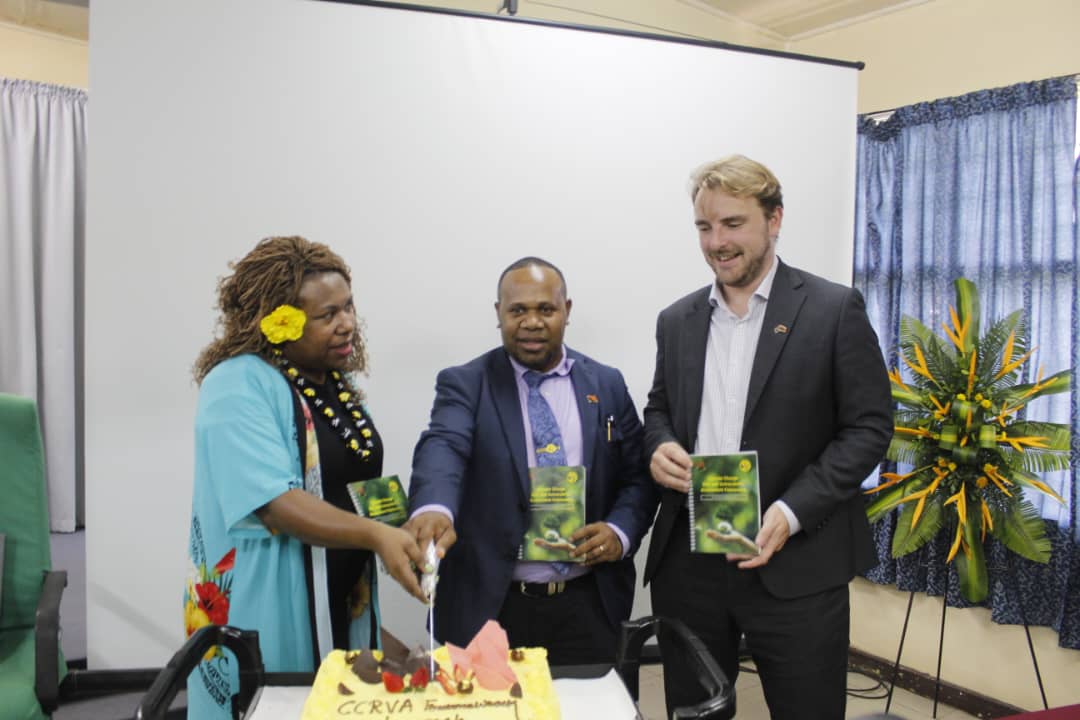Friday May 30, 2025,
Secretary for the Department of Works & Highways (DoWH) Mr Gibson Holemba announced the official launch of the Climate Change Risk and Vulnerability Framework.
This framework was developed with the support of the Transport Sector Support Program of the Australian High Commission, and aims to strengthen Papua New Guinea’s capacity to address climate-related risks in road and bridge infrastructure.
During the launch event at DOWH Head Quarter, Secretary Gibson Holemba, emphasized the department’s long-standing commitment to climate adaptation, which began in the aftermath of Cyclone Guba in 2007.
“The destruction from Cyclone Guba reinforced the urgent need for climate-resilient infrastructure,” he stated.
“Since then, we have incorporated advanced engineering standards into bridge designs, including the Girua, Ambogo, and Kumusi Bridges, making them more resilient to extreme weather conditions.”
The framework builds upon years of policy development and collaboration between government agencies and international development partners. The Climate Change and Development Authority (CCDA), Australian High Commission (AHC), and the Department of Mineral and Geohazards have played crucial roles in advancing research and securing funding for climate-resilient projects.
“The Department of Works & Highways has been proactive, not reactive, in addressing climate challenges,” Holemba asserted. “This framework will enable us to assess our entire road network, integrate climate risk standards into maintenance programs, and strengthen policy enforcement.”
One key aspect of the framework is the hazard mapping initiative, which will identify vulnerable areas prone to flooding, landslides, and erosion. “Too often, public infrastructure is built in hazard zones without proper assessments. By working closely with the Department of Lands and Physical Planning, we aim to update our records and incorporate hazard mapping into infrastructure planning,” Holemba explained.
Additionally, the Building Act review will introduce amendments ensuring that all construction projects meet stringent climate adaptation standards. Holemba noted, “Most existing building designs do not align with climate mitigation targets, but we are making strides to correct this through legislative updates.”
With ongoing support from ADB, World Bank, and TSSP, Papua New Guinea continues to embed climate resilience into infrastructure projects nationwide. However, Holemba highlighted funding constraints as a critical challenge: “Securing financial resources remains a major hurdle, especially for coastal and inland highway maintenance. Shoreline erosion and high sediment runoff put our roads at risk, and sustained investment is necessary to protect them.”
Looking ahead, the monitoring system upgrade will provide real-time data on rainfall patterns and flood risks, helping engineers make informed decisions for road maintenance and design improvements. “The goal is to integrate climate mitigation plans with our maintenance strategies so all activities align with national adaptation objectives,” Holemba concluded.

